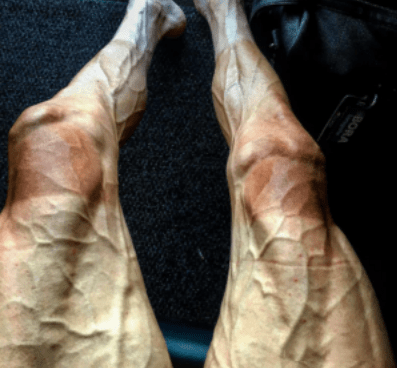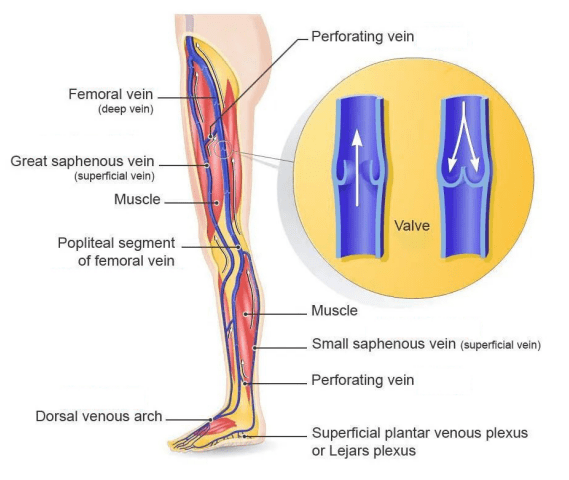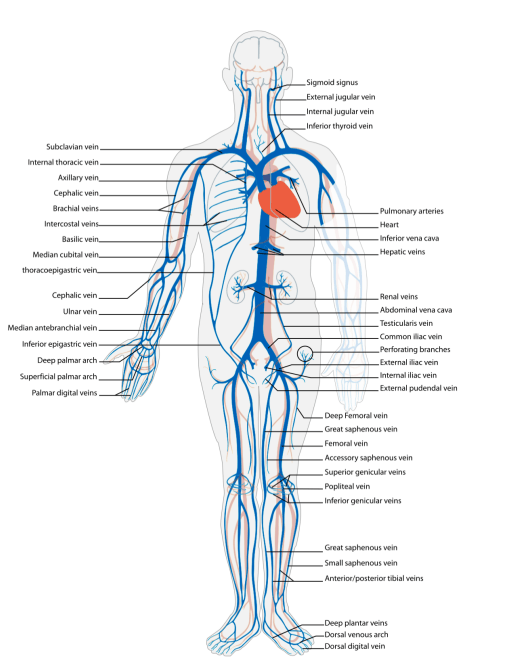What is the difference between varicose veins and venous dilatation?(The foregoing passade)
On the Internet and in outpatient clinics, people often ask: Are the violent veins on the hands and legs a varicose vein?

In fact, most of the veins are dilated, especially the superficial veins on the back of the hands and insteps, which are usually more obvious.
1. First, let us understand what is a vein?
The venous system is distributed throughout the body and is the tube responsible for transporting venous blood back to the heart.
Veins usually consist of four layers: the outermost layer is the outer membrane, the middle is the smooth muscle and basement membrane, and the innermost layer is the inner membrane.
Compared with arteries, veins have thinner smooth muscles, so they can expand more easily.

Most veins have one-way valves, called venous valves, which can prevent the backflow of blood and control the one-way backflow of blood to the heart.
Veins are also divided into deep veins and superficial veins. Deep veins usually surround the muscles and are generally invisible and intangible.
Superficial veins are relatively superficial, often located under the skin, so all we can see are superficial veins.

2. What are the physiological characteristics of veins?
Compared with arteries, veins are more numerous, have a larger caliber, and have more variation.
The vessel wall of the vein is also thinner, has a larger capacity, and is more expandable. A smaller pressure change can cause a larger change in the volume.
In a quiet state, 60%-70% of the circulating blood volume is contained in the vein.
Therefore, the vein acts as a blood reservoir in the vascular system. In physiology, the vein is called a volume blood vessel.

3. Why are veins easy to get varicose/dilatation?
Vein expansion is mainly related to the physiological characteristics of the vein, and the structure of the vein wall determines that it will expand more easily.
Most of the veins look very obvious, they are all physiological characteristics, not pathological conditions, so in general, there is no need for over-treatment.
Of course, there are a small number of pathological factors, such as right heart failure, superior vena cava syndrome, pericardial disease, tension pneumothorax and other diseases, there will be jugular vein filling, fullness, swelling, and pulsation.
Previous:What are varicose veins (veins in the legs) of the lower extremities?
Next:What is the difference between varicose veins and venous dilatation?(The next passage)
